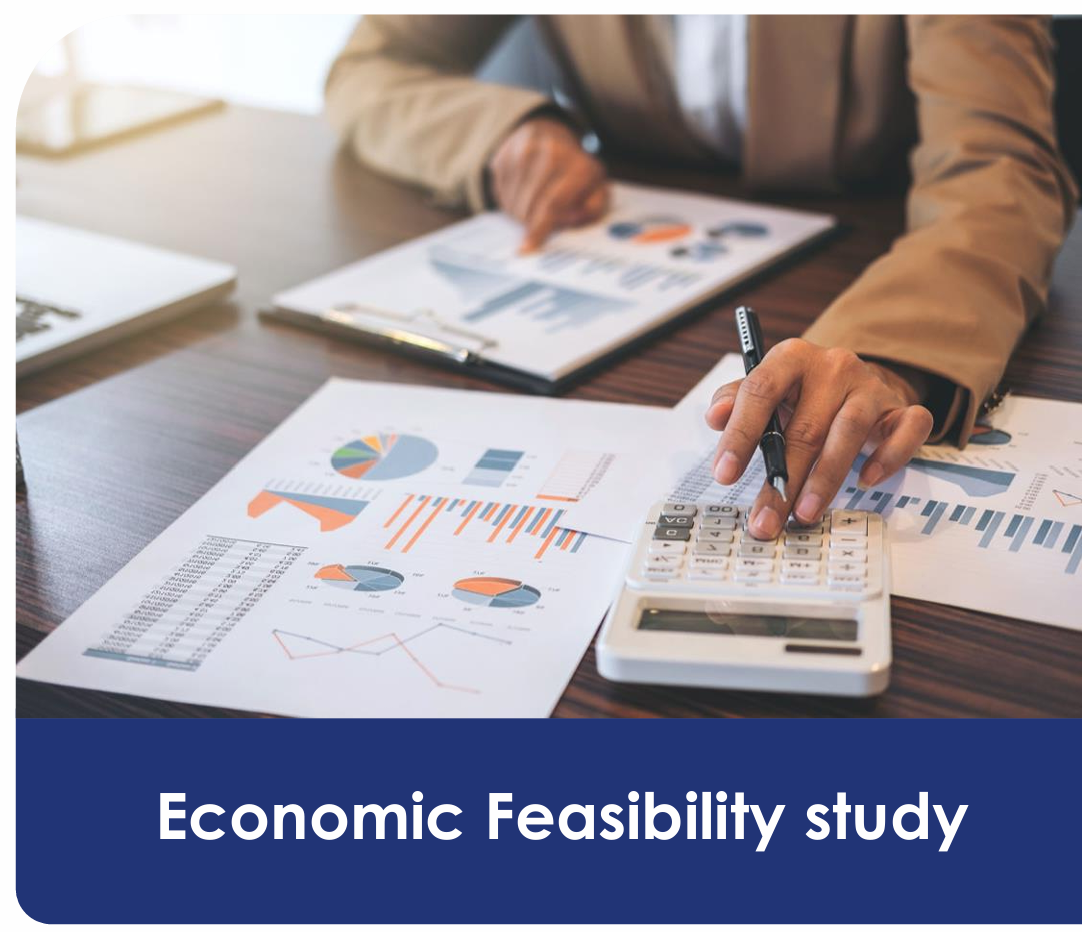
An economic feasibility study is a decision-making tool used to evaluate the economic strengths and weaknesses of a proposed project. It helps stakeholders determine whether the project will deliver a return that justifies the capital and operational investment.
It typically includes:
• Market analysis
Identifies the demand for the product or service. Analyzes competitors, market size, target audience, and potential for growth.
• Cost estimation
Calculates capital expenditures (CAPEX), operating expenses (OPEX), and working capital. Includes fixed and variable costs.
• Revenue forecast
Projects future sales volumes, pricing strategies, and revenue streams over a defined timeline.
• Profitability analysis
Calculates net profit, ROI, IRR, NPV, and payback period. Examines different scenarios to test performance under varying market conditions.
• Funding strategy
Details available funding options: equity, debt, or a mix. Analyzes cost of capital and repayment schedules.
• Risk assessment
Identifies economic, operational, and market risks. Evaluates sensitivity to inflation, interest rates, regulatory changes, and competition.
• Break-even analysis
Determines the sales volume required to cover all costs. Helps define the minimum performance needed to avoid loss.
This study is essential before launching any new venture, expansion, or investment. It allows you to allocate resources efficiently, reduce financial exposure, and support funding applications with hard data. Without it, you risk pursuing projects that drain capital and yield low or negative returns

